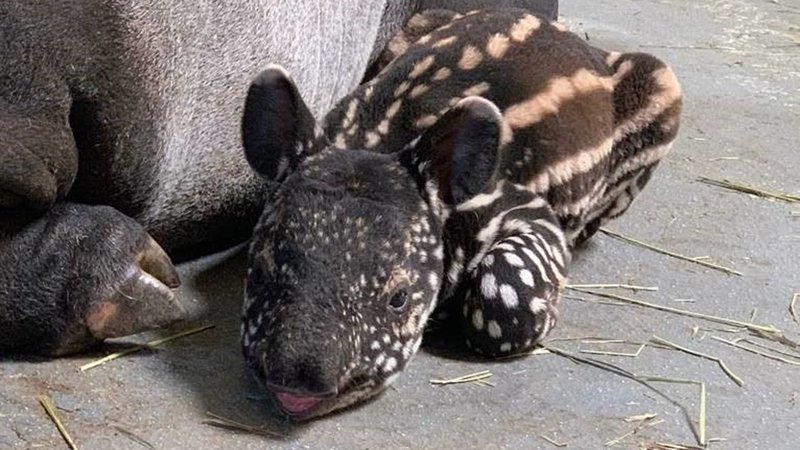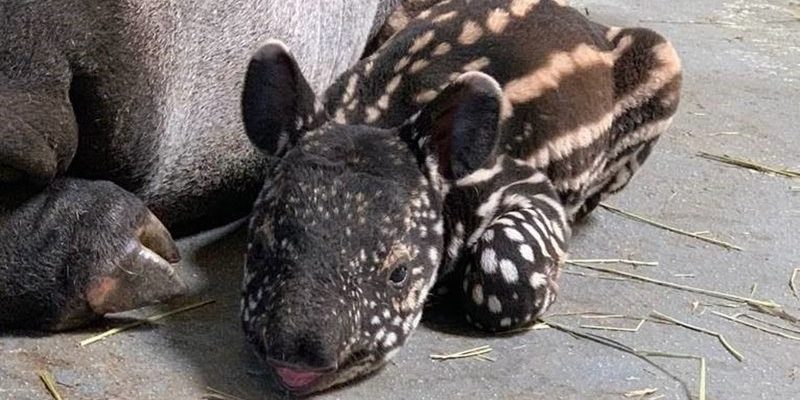
So, is the Malayan tapir really endangered? The answer is yes, and it’s tied to various factors like habitat loss, poaching, and climate change. If you’re wondering why this matters or how we can help, let’s dive deeper. Understanding the plight of the Malayan tapir is crucial not only for the species itself but for the health of the biodiversity in its habitat.
The Current Status of the Malayan Tapir
The Malayan tapir is classified as endangered by the International Union for Conservation of Nature (IUCN). This means that it faces a high risk of extinction in the wild. It’s estimated that fewer than 2,500 individuals remain in their natural habitats, primarily in the tropical forests of Southeast Asia. Here’s the thing: as a keystone species, the tapir helps maintain the structure of its ecosystem. By consuming various plants, it assists in seed dispersal, contributing to forest regeneration. So, their decline could disturb the entire ecosystem.
Interestingly, tapirs are often referred to as “living fossils” because they haven’t changed much over millions of years. This makes their current endangered status even more poignant. Losing the Malayan tapir would mean losing a unique piece of our planet’s history.
Threats to Their Survival
The Malayan tapir’s biggest threats boil down to habitat destruction. As humans continue to clear forests for agriculture, logging, and urban development, tapirs lose their homes. To illustrate, think of it this way: if you suddenly found your favorite coffee shop replaced with a fast-food chain, you’d feel a bit displaced, right? That’s what’s happening to tapirs when their habitat vanishes under bulldozers and chainsaws.
Another significant threat is poaching. Tapirs are hunted for their meat and skin, often due to local cultural practices. Even though they aren’t targeted as heavily as other species, every tapir taken out of the population makes a difference. And let’s not overlook climate change; as temperatures rise and weather patterns shift, the tapir’s habitat can become less suitable, creating additional challenges for their survival.
Conservation Efforts Underway
Despite the grim circumstances, there’s hope through various conservation efforts. Organizations like the World Wildlife Fund (WWF) and local conservation groups are working tirelessly to protect the Malayan tapir. They focus on increasing awareness, protecting habitats, and promoting sustainable practices among local communities.
One effective method is establishing protected areas where tapirs can roam freely without the threat of poaching or habitat destruction. This is somewhat like creating a safe zone where kids can play without worrying about traffic. Additionally, educational programs are being implemented to teach locals about the importance of tapirs and biodiversity. By fostering a sense of appreciation for these animals, communities are more likely to engage in conservation efforts.
How You Can Help
You might be wondering how you can get involved in helping save the Malayan tapir. Here are a few simple but effective actions you can take:
- Donate to reputable wildlife conservation organizations that focus on tapirs and other endangered species.
- Spread the word by sharing information about the Malayan tapir on social media. Awareness is key!
- Choose sustainable products to reduce habitat destruction. Look for items that are certified as environmentally friendly.
- Support eco-tourism in regions where tapirs live, which can provide financial incentives to local communities to protect the species.
Every little action counts, and when combined, the efforts of many individuals can lead to substantial changes in conservation outcomes.
The Role of Technology in Conservation
Interestingly, technology is also making waves in the conservation of the Malayan tapir. Researchers are using camera traps, remote sensing, and even drones to monitor tapir populations and their habitats. This data helps scientists understand tapir behavior, population dynamics, and the environmental conditions that affect them.
Using these technologies can be compared to having a virtual window into the tapirs’ world. It allows scientists to gather crucial information without disturbing the animals, ensuring that conservation efforts are based on solid data rather than assumptions. This tech-savvy approach is paving the way for more effective conservation strategies.
The Importance of Biodiversity
So why should we care about the Malayan tapir beyond just their individual survival? The answer lies in biodiversity. Every species, including the tapir, plays a unique role in its ecosystem. When one species goes extinct, it can create a ripple effect, leading to declines in other species and ultimately disrupting the balance of nature.
Biodiversity is essential for a healthy planet. It contributes to ecosystem stability, helps combat climate change, and provides resources for medicine, agriculture, and more. By protecting the Malayan tapir, we’re not just saving one animal; we’re safeguarding the health of our planet for future generations.
The Malayan tapir is a fascinating creature that deserves our attention. Sadly, it faces significant threats that put its survival at risk. However, through combined efforts in conservation and technology, there’s still hope. By understanding the importance of this unique animal and taking action, we can work towards a future where the Malayan tapir thrives in its natural habitat.
Remember, every little bit helps. Whether it’s donating to conservation efforts or sharing information about the tapir, we can all play a part in ensuring that these gentle giants aren’t lost to history. After all, the world is a better place with the Malayan tapir in it.

